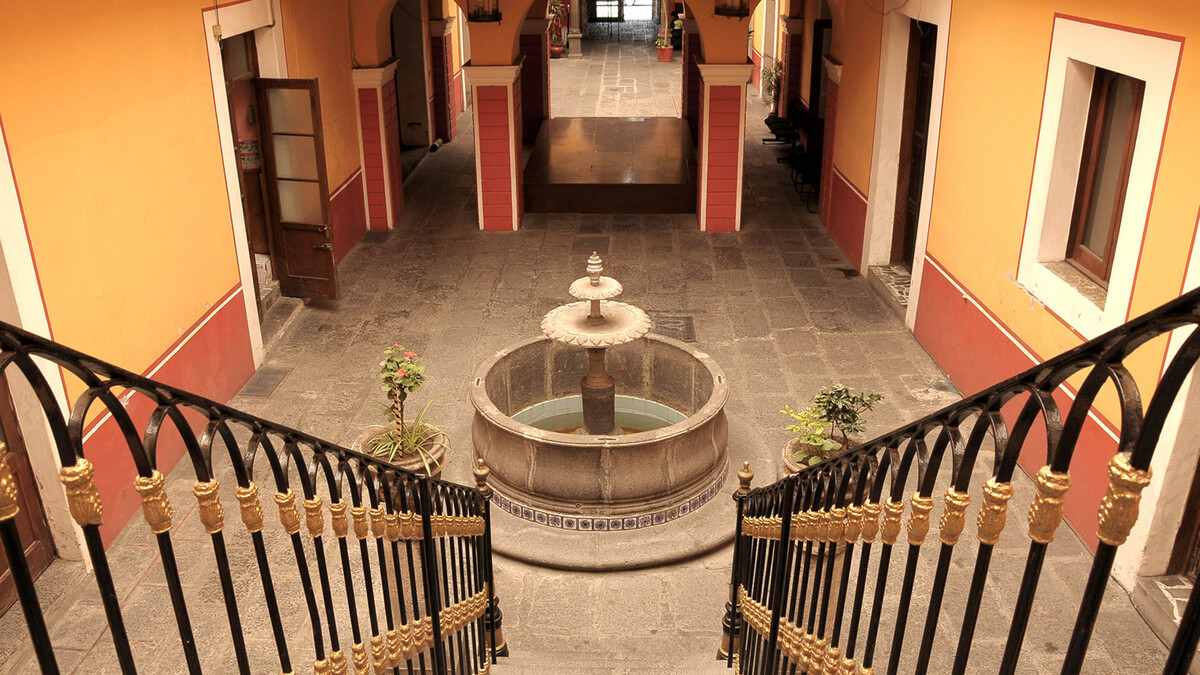First modification: Last modification:
Paris (AFP)
The International Space Station is preparing to host an unusual tenant, the “blob”, an unclassifiable organism that fascinates biologists, which on Tuesday will enter orbit to be used in an educational experiment led by French astronaut Thomas Pesquet.
From Earth, several hundred students between 8 and 17 years old will reproduce the experiment starting next autumn with this curious living being, which is neither an animal nor a plant nor a fungus. Students will be guided by the National Center for Space Studies (CNES) in collaboration with the National Center for Scientific Research (CNRS).
The “blob”, called “Physarum polycephalum”, is made up of a single cell and several nuclei. It looks like a fluffy yellow mass, it has neither a mouth nor legs nor a brain. And yet it eats, grows, moves (very slowly) and possesses amazing learning abilities.
Their nuclei can divide at will and the organism can go into dormancy (without dying) by dehydrating. It is in that state, called “sclerotia,” several pieces of “blob” will enter space, aboard an International Space Station supply cargo ship.
When the astronaut rehydrates them, in September, four sclerotia of about 0.5 cm will wake up 400 km from Earth, in Petri dishes, and will comply with two protocols: one will test the attitude of the “blobs” when they are deprived of food and the other will provide food for the luckiest (oat flakes).
– “Third dimension?” –
The goal is to observe the effects of weightlessness on that body. “Today, nobody knows what behavior he will have in [situación de] microgravity: in what direction will it move, if it will take the third dimension going upwards or obliquely … “asked Pierre Ferrand, professor of Life and Earth Sciences at CNES, one of the architects of the project .
“I’m curious to see if it develops into pillars,” said blob specialist Audrey Dussutour, director of research at the CNRS Center for Research on Animal Cognition in Toulouse, southern France.
On land, thousands of specimens of “blob” cut from the same strain (LU352) as their space congeners, will be distributed among 4,500 schools, secondary schools and lyceums in France.
“More than 350,000 students will ‘touch’ the ‘blob’,” said Christine Correcher, head of educational projects at the space agency.
Between the end of August and the beginning of September, teachers will receive a kit with between 3 and 5 sclerotia and a tutorial to carry out the experiment.
When Thomas Pesquet moistens his “blobs” in space, the students will do the same in class. Thereafter, several observing sessions will be held to compare the behavior of specimens from Earth with those sent into space.

As the “blob” calls into question some scientific theories, it is expected to lead to many class discussions. “For example, in the cell theory, one of the oldest, it is said that every cell divides into two cells. With the ‘blob’, this does not work, because it is a single cell that grows without ever dividing”, says Pierre Ferrand.
Another oddity: “While most organisms use two sexual types, the ‘blob’ has more than 720! It is an organism ‘with drawers’ that tells us that life is made of a multitude of originalities”, adds the professor .
The “blob” appeared on Earth more than 500 million years ago, before animals. For a long time it was considered a fungus, but then it was removed from that kingdom and since the 1990s it is part of the subclass of the amoebozoans, to which the amoebas belong.
© 2021 AFP


:quality(85)/cloudfront-us-east-1.images.arcpublishing.com/infobae/JVEG643FOJGGJFSNY3RS7DZM4I.jpg)


